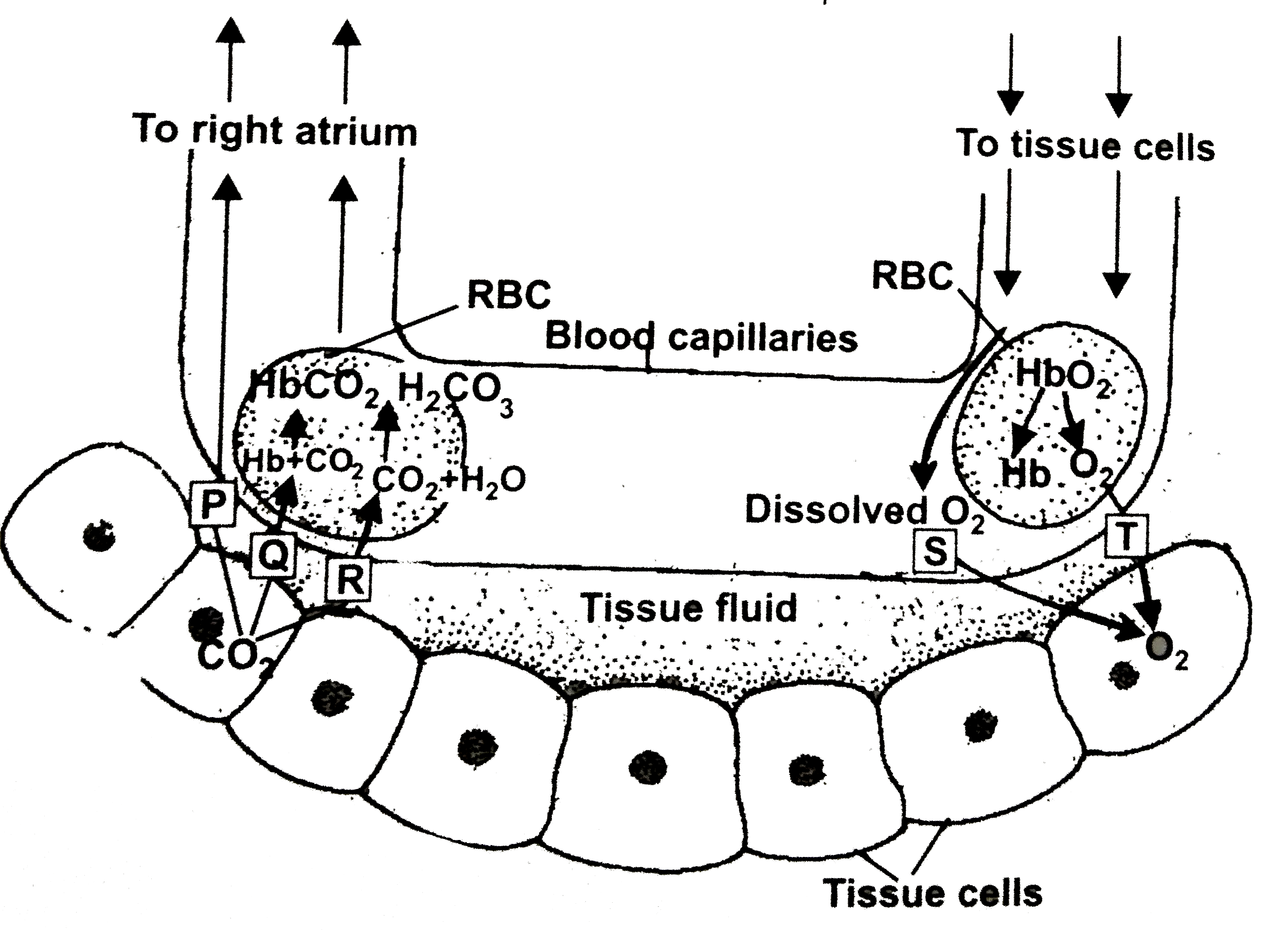There are two magnets P and T, P is used as permanent magnet while T is used in transformers. Then correct options are
P has high retentivity and low coercivity
P has low retentivity and high coercivity
T has low coercivity and low retentivity
T has high coercivity and high retentivity
The correct Answer is:C
To solve the problem, we need to analyze the properties of the two magnets, P and T, based on their applications.
1. Understanding the Magnets:
- Magnet P is a permanent magnet.
- Magnet T is used in transformers.
2. Defining Key Terms:
- Retentivity: This is the ability of a material to retain magnetism after the external magnetic field is removed. High retentivity means the material retains a significant amount of magnetism.
- Coercivity: This is the measure of the resistance of a ferromagnetic material to becoming demagnetized. High coercivity means a strong magnetic field is required to demagnetize the material.
3. Analyzing Magnet P (Permanent Magnet):
- Permanent magnets are designed to retain their magnetism over time. Therefore, they have:
- High Retentivity: They retain a significant amount of magnetism.
- High Coercivity: They require a strong magnetic field to demagnetize.
4. Analyzing Magnet T (Used in Transformers):
- In transformers, the magnetic material is subjected to alternating magnetic fields. Therefore, it should not retain magnetism after the field is removed. Hence, it has:
- Low Retentivity: It does not retain significant magnetism.
- Low Coercivity: It can be easily demagnetized.
5. Evaluating the Options:
- Option 1: P has high retentivity and low coercivity. (Incorrect, coercivity is high)
- Option 2: P has low retentivity. (Incorrect, retentivity is high)
- Option 3: T has low coercivity and low retentivity. (Correct)
- Option 4: (Not specified, but based on previous analysis, it is likely incorrect)
6. Conclusion:
- The correct option is Option 3, which states that T has low coercivity and low retentivity.
- Magnet P is a permanent magnet.
- Magnet T is used in transformers.
- Retentivity: This is the ability of a material to retain magnetism after the external magnetic field is removed. High retentivity means the material retains a significant amount of magnetism.
- Coercivity: This is the measure of the resistance of a ferromagnetic material to becoming demagnetized. High coercivity means a strong magnetic field is required to demagnetize the material.
- Permanent magnets are designed to retain their magnetism over time. Therefore, they have:
- High Retentivity: They retain a significant amount of magnetism.
- High Coercivity: They require a strong magnetic field to demagnetize.
- In transformers, the magnetic material is subjected to alternating magnetic fields. Therefore, it should not retain magnetism after the field is removed. Hence, it has:
- Low Retentivity: It does not retain significant magnetism.
- Low Coercivity: It can be easily demagnetized.
- Option 1: P has high retentivity and low coercivity. (Incorrect, coercivity is high)
- Option 2: P has low retentivity. (Incorrect, retentivity is high)
- Option 3: T has low coercivity and low retentivity. (Correct)
- Option 4: (Not specified, but based on previous analysis, it is likely incorrect)
- The correct option is Option 3, which states that T has low coercivity and low retentivity.
Topper's Solved these Questions
Similar Questions
Knowledge Check
Refer to the given diagrammatic representation of the transportation of oxygen and carbon dioxide in the blood. P, Q, R, S and T represent percentage of both gases in different forms. Select the correct option for P−T.
 APQRST23%70%7%93%7%BPQRST7%23%70%3%97%CPQRST7%23%70%97%3%DPQRST70%7%23%97%3%
APQRST23%70%7%93%7%BPQRST7%23%70%3%97%CPQRST7%23%70%97%3%DPQRST70%7%23%97%3%
Correct order of b.p.t is /are:
View SolutionCorrect order of b.p.t is /are:
View SolutionMagnetic materials used for making permanent magnets (P) and magnets in a transformer (T) have different properties of the following , which property best matches for the type of magnet required ?
View SolutionOn the P−T graph of an ideal gas, choose the correct option(s):
View SolutionPermanent magnets are artificially made using an alloy of
View SolutionState two differences between an electromagnet and a permanent magnet.
View SolutionAn ideal gas has pressure P, volume V and temperature T. Select the correct option.
View Solution
